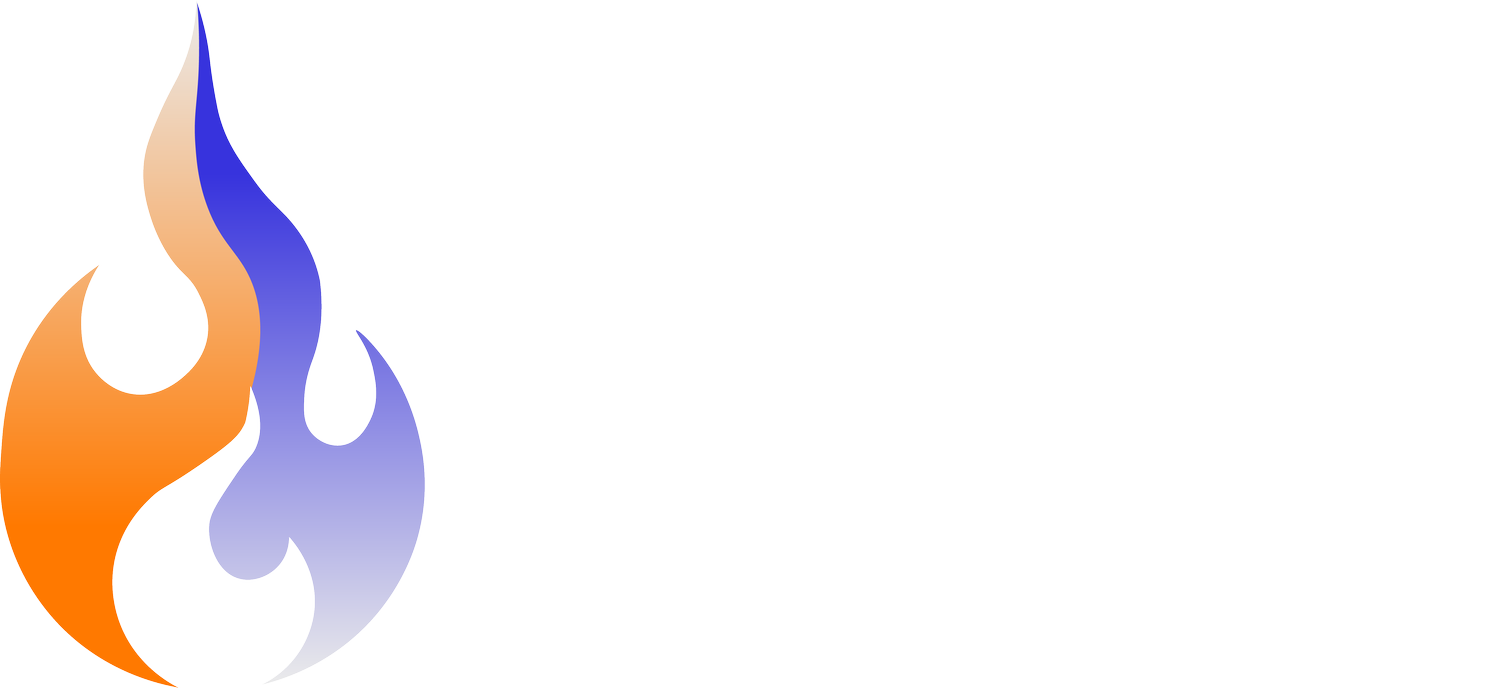Are Your Workouts Effective?
Measuring Your Training Sessions' Effectiveness
If you're a lifter who's been showing up but not seeing the progress you deserve, it might be time to evaluate how effective your workouts and program really are.
Whether you aim to get strong as f, build a bunda/shoulders/chest, or all of it… understanding the signs of effective training can help you adjust your program and keep advancing towards your goals.
Why Measure Workout Effectiveness?
Measuring your workout effectiveness isn't just about counting reps or adding more weight to the bar. It's about understanding the quality of your workouts and ensuring each session moves you closer to your goals faster. No one wants to be spinning their wheels, lifting the same, and looking the same week in and week out.
Here’s a comprehensive checklist to help you assess each part of your workout regimen from start to finish.
Post Completion of a Rep
Form and Technique: Were your movements controlled and precise? Use a mirror or video your sessions to ensure you're not compensating with the wrong muscles.
Muscle Engagement: During those squats and deadlifts, were your legs and glutes predominantly at work? Back pumps and joint pain aren’t just “a part of lifting”, it’s a sign you need some intervention.
Post Completion of a Set
Effort Level: How close to failure did you get? Based on the intensity level prescribed (RPE or RIR), determine if the set was too easy or just right, and adjust the weights for your next set accordingly.
Recovery: Pay attention to your breathing and heart rate; if you’re overly gassed or light-headed, consider longer rest intervals. If you have to drop your effort to sustain the volume, you have too much volume.
Post Completion of All Sets
Consistency of Performance: Did your form stay solid throughout your sets? If you notice a drop, it might be a sign your rest periods are too short, or your program has too much volume.
Satisfaction Level: Feeling accomplished after your session matters. But always check on the data; if you lifted more weight or did more reps, you won the session.
Post Completion of a Workout
Overall Fatigue: A good pump and feeling a little fried is a great sign, but if you’re consistently wiped out, your program may be too much for your current recovery capabilities.
Immediate Physical Response: Look for any unusual swelling or pain that might indicate a brewing niggle or injury.
6–48 Hours Post Workout
Muscle Soreness and Recovery: Some soreness is expected (hello, DOMS!), but it shouldn’t cripple you and should decrease as your body adapts to the program.
Strength Gains: You should be gradually lifting more or performing more reps. If you hit a plateau, reevaluate your program after a week or two. After that, investigate probable causes.
Mood and Energy Levels: Increased physical activity should generally uplift your mood and energy. If you’re feeling drained or irritable regularly, it might be time to look at your recovery strategies and nutrition.
Tailoring Your Workout Program
Remember, no one-size-fits-all solution exists in programming. Use this checklist regularly to gauge the effectiveness of your workouts. If something consistently feels off, make some changes.
Conclusion
Stay vigilant and always listen to your body and the data your program provides.
Most programs I see either have a bunch of junk volume that means you can’t train hard OR too much reliance on big lifts and heavy loads that lead to constant niggles and pain.
Here’s to stronger, smarter, and more effective workouts. Now, go build that bunda, out-squat your shadows, and bench more than your boyfriend!

